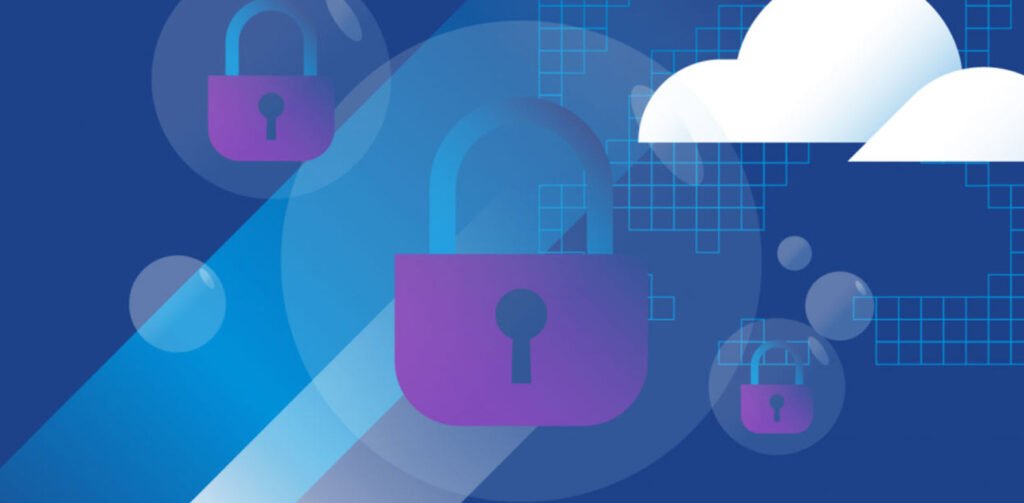
In today’s interconnected digital landscape, organizations face an ever-growing number of cyber threats that can jeopardize their data, systems, and reputation. As a proactive defense mechanism, Security Information and Event Management (SIEM) has emerged as a critical tool for collecting, analyzing, and correlating vast amounts of security-related data from diverse sources. By aggregating information from security events, network events, user context, and application logs, SIEM empowers organizations to detect and respond to potential security incidents swiftly and effectively.
In this article, we will explore the comprehensive information that SIEM collects and how it strengthens an organization’s cybersecurity posture.
1. Security Events
SIEM solutions play a vital role in collecting and analyzing security events generated by various security infrastructure components. These components may include firewalls, virtual private networks (VPNs), intrusion detection systems (IDS), intrusion prevention systems (IPS), antivirus solutions, and more. By ingesting and correlating data from these security devices, SIEM enables security analysts to gain real-time insights into potential threats, such as unauthorized access attempts, malware infections, and suspicious network traffic.
2. Network Events
In addition to security events, SIEM also captures and interprets network events from switches, routers, servers, and hosts. This wealth of network data provides visibility into network traffic patterns, anomalies, and potential vulnerabilities. By analyzing network events, SIEM can help identify network misconfigurations, abnormal traffic flows, and potential signs of unauthorized access or data exfiltration.
3. Network Activity Context
SIEM takes data analysis a step further by providing Layer 7 application context from both network and application traffic. This means that not only does SIEM monitor the movement of data within the network, but it can also discern the specific applications being used. Understanding the context of network activity is crucial in identifying potentially malicious behavior, such as unauthorized access to sensitive data or the use of prohibited applications.
4. User or Asset Context
SIEM solutions go beyond raw event data by incorporating contextual information from identity and access management (IAM) products and vulnerability scanners. By integrating user or asset context, SIEM can identify the individuals or devices associated with specific security events, aiding in the attribution of security incidents. This capability helps security teams to detect insider threats, track user activity, and enforce access controls effectively.
5. Operating System Information
Another crucial aspect of SIEM data collection is the acquisition of operating system information from network assets. SIEM systems can extract details such as vendor names and version numbers of operating systems running on various devices within the organization. This data is invaluable in assessing the security posture of network assets and determining whether they are up-to-date with the latest patches and security updates.
6. Application Logs
SIEM solutions offer the capability to collect and analyze application logs from various enterprise applications, including enterprise resource planning (ERP) systems, workflow management platforms, application databases, and more. Analyzing application logs can reveal patterns of abnormal behavior, potential vulnerabilities, or signs of data breaches. By monitoring application logs, SIEM enables organizations to gain insights into the security of critical business applications and protect sensitive information.
Conclusion
In conclusion, SIEM is a powerful cybersecurity tool that collects and analyzes comprehensive information from various sources within an organization’s IT infrastructure. By aggregating security events, network events, network activity context, user or asset context, operating system information, and application logs, SIEM provides a holistic view of an organization’s security posture. This comprehensive approach empowers security teams to detect and respond to potential threats in real-time, preventing cyber incidents from escalating into major security breaches.
Implementing SIEM as part of an organization’s cybersecurity strategy is not just an option but a necessity in the face of today’s sophisticated cyber threats. With the ability to analyze vast amounts of diverse data, SIEM helps organizations stay one step ahead of cybercriminals, safeguarding their digital assets and preserving the trust of customers and partners alike. As the cybersecurity landscape continues to evolve, SIEM remains a cornerstone for organizations seeking to protect their digital presence and maintain a robust security posture.
You may also like:- How To Fix the Crowdstrike/BSOD Issue in Microsoft Windows
- MICROSOFT is Down Worldwide – Read Full Story
- Windows Showing Blue Screen Of Death Error? Here’s How You Can Fix It
- A Guide to SQL Operations: Selecting, Inserting, Updating, Deleting, Grouping, Ordering, Joining, and Using UNION
- Top 10 Most Common Software Vulnerabilities
- Essential Log Types for Effective SIEM Deployment
- How to Fix the VMware Workstation Error: “Unable to open kernel device ‘.\VMCIDev\VMX'”
- Top 3 Process Monitoring Tools for Malware Analysis
- CVE-2024-6387 – Critical OpenSSH Unauthenticated RCE Flaw ‘regreSSHion’ Exposes Millions of Linux Systems
- 22 Most Widely Used Testing Tools








